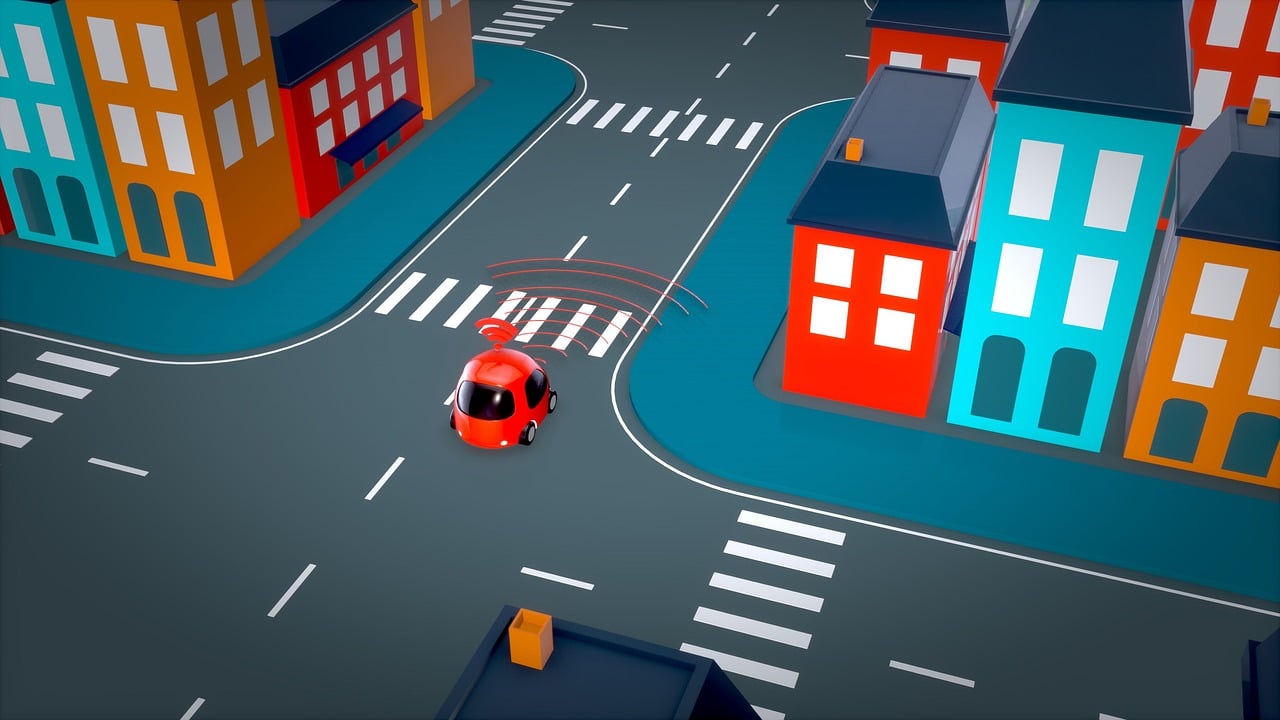When crisis hits, leadership is thrust into the spotlight as organizations navigate turbulent waters where every decision can make or break success. Today’s globalized and rapidly evolving economy means crises—from supply chain breakdowns to cybersecurity threats—strike without warning and demand immediate, effective responses. Across industries, leaders are called upon not just to manage these emergencies but to inspire calm, provide clarity, and convert adversity into opportunity. The true measure of leadership reveals itself in these high-stakes moments, when uncertainty reigns and pressure mounts. How leaders react, communicate, and adapt determines the resilience of the team and the future stability of the enterprise.
In 2025, the complexities surrounding crisis management have only intensified. Technological disruptions, geopolitical tensions, and public health threats keep organizations on edge. Research by Harvard Business Review and consulting insights from McKinsey & Company emphasize that preparedness coupled with agile response systems is non-negotiable. Leaders must balance rapid decision-making with empathy, transparency, and foresight, weaving these attributes into an action plan that guides teams through chaos toward clarity and recovery.
From corporate giants like IBM and Accenture to specialized institutions such as the Crisis Prevention Institute and The Center for Disease Control and Prevention, the consensus is clear: successful crisis leadership goes beyond protocols and contingency checklists. It’s about mindset, culture, and the ability to marshal resources and people under duress. This article delves into seven essential strategies that top leaders employ to steer their organizations confidently through crises, setting a blueprint for resilience in uncertain times.
Maintaining Composure and Projecting Confidence During Crisis Situations
The initial moments of a crisis often set the tone for the entire response. Exceptional leaders understand that calmness is contagious. The ability to stay composed amidst chaos allows them to serve as a stabilizing anchor for their teams. Experts from Deloitte emphasize that emotions spread quickly within organizations: a panicked leader can trigger widespread anxiety, whereas a calm demeanor fosters trust and steadiness.
But staying calm does not mean downplaying the severity of the situation. Instead, it requires a balanced approach that combines honesty about challenges with a clear focus on actionable steps. Leaders should acknowledge the uncertainty yet reassure their teams that measured plans are in place. This psychological anchoring helps reduce fear and enables clearer thinking by both leaders and employees.
Key Techniques to Exude Calm Confidence
- Focus on controllable elements: During crises, distractions and noise abound. Successful leaders hone in on immediate priorities within their influence rather than getting overwhelmed by uncertainties.
- Break the challenge into manageable parts: Structured problem-solving reduces complexity, making solutions feel more attainable.
- Communicate frequently: Regular updates keep teams connected and motivated.
- Model resilience: Demonstrate persistence despite setbacks and maintain a solution-oriented attitude.
Consider the experience of “OmegaTech,” a hypothetical technology firm suddenly facing a cyberattack in 2025. The CEO’s composed response to immediately securing systems, coupled with transparent internal communication, prevented panic and focused efforts effectively. Their steady leadership is researched in studies by Crisis Management International as a textbook example of composure in crisis.
| Leadership Action | Impact on Team | Recommended Practice |
|---|---|---|
| Maintaining steady and calm presence | Reduces fear, increases trust | Practice mindfulness; focus on clear priorities |
| Breaking down problems | Clarifies actionable steps | Use structured frameworks like SWOT or scenario planning |
| Frequent communication | Keeps team aligned; reduces rumors | Establish regular briefing schedules |
Making Decisive Moves When Information is Imperfect
A critical hurdle in any crisis is the overwhelming uncertainty and incomplete data. Waiting for perfect knowledge can lead to missed opportunities or escalate problems. Leaders with a decisive mindset prioritize action over inaction, even while acknowledging the risks.
PwC and Bain & Company consultants observe that crisis leaders function on an iterative decision cycle: they make fast decisions based on current information, monitor outcomes, and adjust strategies dynamically. Acting quickly signals confidence and prevents paralysis within organizations.
Strategies to Navigate Imperfect Information
- Prioritize swift decisions: Aim to move forward with “good enough” data rather than waiting indefinitely.
- Delegate authority: Empower frontline team members to make tactical decisions, speeding responsiveness.
- Use scenario analysis: Prepare multiple contingency plans that can be activated as the situation evolves.
- Establish data feedback loops: Continuously gather and analyze new information to refine actions.
For example, post-pandemic studies by Harvard Business Review demonstrated how several companies rapidly pivoted supply chain logistics by taking bold, timely steps despite gaps in visibility. This approach was crucial to maintaining operations when traditional methods were disrupted.
| Decision Approach | Pros | Cons |
|---|---|---|
| Wait for full data | Potentially more accurate | Delays allow crisis to worsen |
| Decisive action with imperfect information | Speeds response, keeps momentum | Risk of errors or course-corrections |
Communicating Transparently and Repeatedly Builds Trust
Open and constant communication is the backbone of effective crisis leadership. Teams and stakeholders need clear, frequent updates to feel secure. Silence leads to uncertainty, which breeds rumors and undermines confidence.
Leading firms like Accenture have adopted best practices that include over-communicating through multiple channels during crises. The goal is not just to share facts but to create a reliable narrative that mitigates fear.
Essentials of Transparent Crisis Communication
- Be honest about what is known and unknown: Avoid sugarcoating; authenticity strengthens credibility.
- Establish communication rhythms: Include daily briefings, written updates, and interactive sessions.
- Address emotions: Recognize the stress team members feel and validate their experiences.
- Encourage feedback: Provide safe channels for questions and suggestions.
Consider the case of a leading healthcare firm working closely with The Center for Disease Control and Prevention during a viral outbreak. Their leadership’s commitment to transparent communication was pivotal to maintaining operational effectiveness and public trust, an approach highlighted in Crisis Prevention Institute’s 2024 report.
| Communication Strategy | Benefits | Implementation Tips |
|---|---|---|
| Transparent updates | Builds trust and reduces anxiety | Be proactive and factual even when data is incomplete |
| Regular briefings | Creates stability and routine | Set fixed times for communications |
| Two-way dialogue | Encourages engagement and problem-solving | Use town halls, Q&A sessions |
Empowering Teams to Lead with Confidence Under Pressure
One hallmark of successful crisis leaders is their ability to delegate and empower rather than micromanage. Crises demand rapid action across multiple fronts, making over-control counterproductive. Studies by McKinsey & Company highlight that distributed leadership fosters agility and ownership, essential in intense situations.
Effective delegation involves clarifying roles and responsibilities clearly at the outset of a crisis. When team members understand their domains and have the authority to act, productivity and morale improve sharply.
Best Practices for Team Empowerment
- Clarify decision boundaries: Define who can make what decisions to avoid bottlenecks.
- Provide necessary resources: Equip teams with tools and information for swift action.
- Encourage initiative: Reward problem-solving and innovation during crises.
- Maintain accountability: Track outcomes and provide feedback without micromanaging.
Consider the example of a logistics company that navigated a massive delivery disruption by enabling regional managers to make real-time routing decisions. This empowerment cut response times by 40%, according to an Accenture case study published in early 2025.
| Empowerment Aspect | Impact | Implementation |
|---|---|---|
| Clear roles and authority | Reduces delays and confusion | Define decision rights upfront |
| Resource access | Increases efficiency | Ensure technology and info availability |
| Encourage proactive behavior | Enhances problem-solving | Recognize and reward initiative |
Adapting Quickly: The Necessity of Flexible Crisis Plans
While preparing a plan is fundamental, the unpredictability of crises necessitates a capacity to pivot swiftly. Leaders who cling rigidly to initial strategies often face compounded setbacks. In contrast, adaptability is repeatedly cited by experts at Bain & Company and the Crisis Prevention Institute as a key leadership differentiator in crisis success.
Agility means constantly reassessing the environment, learning from evolving data, and adjusting course without hesitation. This mindset requires both humility and confidence—humility to admit when a plan falters, confidence to implement new approaches decisively.
Components of an Adaptive Crisis Management Framework
- Set flexible short-term goals: Create milestones that can be revised based on new information.
- Build iterative review cycles: Schedule frequent assessments to adjust tactics.
- Encourage a learning culture: Foster open discussion of what’s working and what isn’t.
- Prepare for multiple scenarios: Develop alternative action plans ready for deployment.
When natural disasters struck in 2024, several companies that had embedded flexibility into their crisis protocols, including multinational energy firms advised by PwC, showcased quicker recovery and minimal downtime. Their leadership’s willingness to pivot rapidly was crucial to preserving operational continuity.
| Adaptive Leadership Element | Benefits | Implementation Tips |
|---|---|---|
| Flexible goals | Allows responsiveness to new challenges | Break larger goals into adjustable segments |
| Iterative reviews | Enables course correction | Conduct short, recurring strategy meetings |
| Scenario planning | Improves preparedness | Build and update multiple contingency options |
Frequently Asked Questions About Leadership in Crisis Management
- Q: How can leaders balance speed and accuracy during a crisis?
A: Prioritizing speed over perfect accuracy is essential. Leaders should focus on making good decisions quickly and be prepared to refine them as more data becomes available. - Q: What role does emotional intelligence play in crisis leadership?
A: Emotional intelligence enables leaders to empathize with their teams, manage stress effectively, and maintain trust through authentic communication, which are vital in high-pressure situations. - Q: How important is communication frequency in a crisis?
A: Very important. Frequent and transparent communication builds stability, prevents rumors, and keeps the team aligned and motivated. - Q: Can crisis leadership strategies vary by industry?
A: Yes. While core principles remain similar, specific tactics should be adapted to the unique demands of each industry’s risk landscape and operational context. - Q: What are common mistakes to avoid for leaders managing crises?
A: Common pitfalls include indecision, poor communication, micromanagement, and inflexibility. Avoiding these improves resilience and team confidence.
For readers interested in learning more about warning signs of financial trouble that can escalate into crises, resources like European Startups Business Financial Trouble Signs provide valuable guidance on early identification and prevention.

